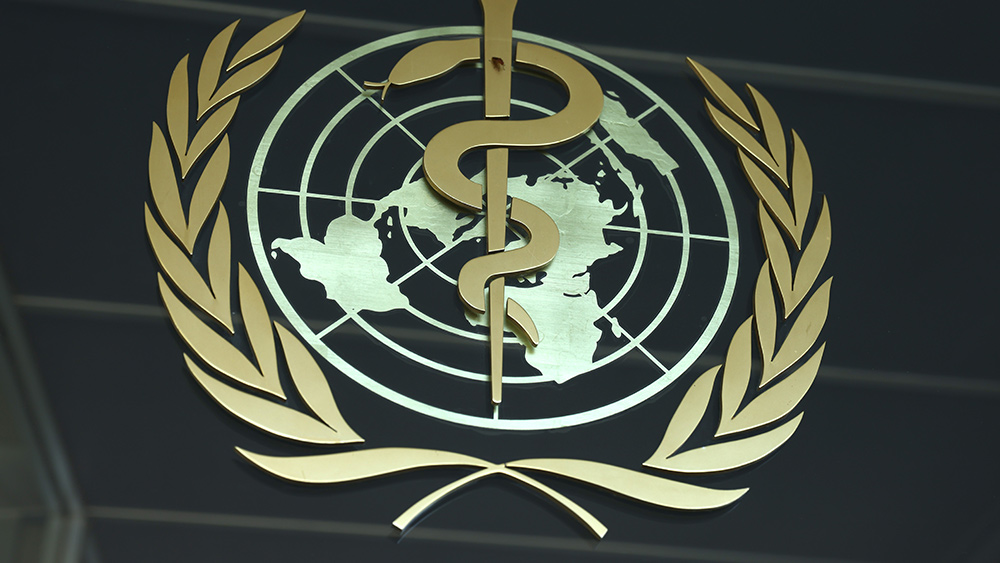
Infected dogs imported from the aforementioned tropical regions are believed to be the carriers of the disease, which can then be transmitted to humans. Many of the 86 identified cases of the milder form of leishmaniasis were found in Texas, while others were detected in Arizona, Florida and Oklahoma.
Leishmaniasis is a disease caused by a single-celled protozoan (parasite) from the genus Leishmania. Dogs and humans can get this disease if they are bitten by a blood-sucking sandfly carrying the Leishmania infantum parasite.
When a female phlebotomine sandfly bites an infected reservoir host, it also sucks in the parasite, which continues to multiply inside the insect. It can then transmit the parasite to another reservoir (animal or human) during its next blood meal.
Canine leishmaniasis is widespread in more than 70 countries but is most common in Mediterranean areas as the Leishmania parasite thrives in warm climates. The period in which leishmaniasis risk is the highest is from the months of April to October.
Sandflies hide during daytime and come out late in the afternoon, becoming very active from dusk until dawn.
Many dogs manage to lead almost normal lives even if the Leishmania parasite stays with them for many years.
Types of leishmaniasis
Experts believe there are about 20 different Leishmania species that can spread the infection to humans in three forms: cutaneous, mucocutaneous and visceral leishmaniasis.
Cutaneous leishmaniasis is the most common form of the disease. One of the "most neglected tropical diseases," it causes acne- or freckle-like lesions (primary) or skin sores and ulcers (secondary lesions) on exposed parts of the body.
The skin lesions could take weeks or months to appear after being bitten by an infected sandfly. Some lesions may eventually heal on their own after months or years, according to the CDC.
Cutaneous leishmaniasis can leave life-long scars and can lead to issues relating to depression and social stigma, says parasitologist David Molyneux of the Liverpool School of Tropical Medicine in England.
According to data from the World Health Organization (WHO), about 95 percent of cutaneous leishmaniasis cases occur in the Americas, Central Asia, the Mediterranean basin and the Middle East. However, only about 200,000 cases out of an estimated 600,000 to a million are reported.
Mucocutaneous leishmaniasis is a rare form of the disease that affects the nose and mouth and could lead to partial or total damage to the mucous membranes. It is more serious than cutaneous leishmaniasis because it does not heal on its own and always requires treatment.
Visceral leishmaniasis, also known as kala-azar, is the most severe and progressive form of the disease because it is almost always fatal if left untreated. Symptoms of this disease include anemia, enlargement of the liver and spleen, irregular bouts of fever and weight loss.
The WHO estimates that about 50,000 to 90,000 cases of visceral leishmaniasis occur worldwide annually. This estimate only includes about 25 to 45 percent of cases that have been reported to the organization. Visceral leishmaniasis has a high outbreak and mortality potential.
Preventive and control measures
Leishmania can only be transmitted to humans through the bite of a female phlebotomine sandfly that has previously bitten an infected mammal. Avoiding the bite of this insect is the best way to prevent leishmaniasis in dogs and humans.
Focus your infection control measures on preventing contact with the insect vector – either through physical barriers, chemical barriers or handling. (Related: Parasitic disease in dogs can be treated with natural products containing vitamin C.)
- Cover exposed skin, where possible, or use natural insect repellent on exposed skin. Bugs sprays infused with plant oils (organic essential oils) are the best and safest tools for repelling sandflies and other bugs for hours. Look for bug sprays formulated with citronella, lemongrass and lemon eucalyptus oil.
- Avoid outdoor activities after dusk, when possible, and bring your dog home before dusk when the phlebotomines are particularly active.
- Eliminate the phlebotomines in your home. Install durable insect screen protection on your doors, kennels, porches and windows and ensure that these are made with ultra-tight weave material that will protect you, your family and your pets against the smallest types of bugs. Use fans or ventilators to disrupt the movement of sandflies as they are weak fliers. Use interior diffusers for your organic essential oils to help repel disease-carrying vectors.
- Practice good hygiene habits, such as frequent thorough handwashing, keeping nails clean and trimmed, regular bathing, etc.
- Keep your surroundings clean.
- Consult with a veterinarian on how best to protect your dog from sandflies and leishmaniasis.
Visit Outbreak.news for more stories like this.
Watch the following video to learn more about leishmaniasis.
This is from the Daily Videos channel on Brighteon.com.
More related stories:
Neglected tropical diseases are getting neglected even more because of coronavirus.
Protect yourself against risk of early death: Get a dog.
Pet dogs go out of their way to comfort humans they sense are sick or depressed.
Sources include:
ParasitesAndVectors.BioMedCentral.com
Please contact us for more information.






















